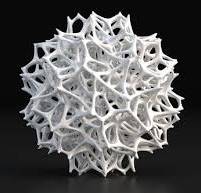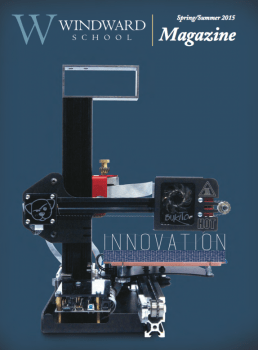3D Printing Education in Schools & Libraries
How 3D printing can be beneficial in education.
With the advent of low-cost 3D desktop printing that is constantly being developed and refined, there is seemingly unlimited potential in what can be achieved. This cutting-edge 3D technology will open new dimensions to education, and is making an impact around the world.
Students of any age learn best in different ways. There are those that learn by sight and reading, others by touch and doing, some by verbal discussion, although most of us are a combination of these methods. The technology surrounding 3D printing brings the ability to learn to all walks of life. A student can conceive an idea which can than be translated into a physical creation that can be touched and held as a representation of what is possible. It is in fact a way of proving that anything is possible and is an innovative method towards revolutionizing education while simultaneously introducing students of all ages to a rapidly advancing technology.
Share this page!
3D Printing in Schools
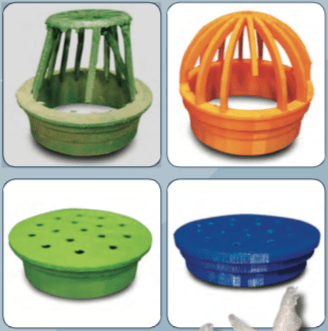
Windward School, with the help of Deezmaker’s 3D printers, has led to a blossoming of an entirely new dimension in STEAM learning. Students are being introduced to new ways of thinking involving changing pre-existing ideas of what is or is not possible. With the ability to tinker and prototype with 3D printing, students are becoming heavily engaged into working on innovative projects.
Their growing collection of 3D printers provides students and teachers alike with new methods of approaching problem solving and prototyping. A glowing example is Windward’s poorly design drain covers on their athletic fields. Towering too high over the grass, the covers consistently were broken by landscaping equipment until the students of Dr. Simon Huss’s Principles of Engineering class set about design an improved cover that would be difficult to break.
Over at Palm Crest Elementary, a 10 week after-school class teaches the basics of 3D design and printing to 5th graders eager for knowledge. This article reveals how the students, using their Bukobots, learn first hand why good design and accurate measurements make the difference between creations that are solely decorative and those that are functional as well. Read more here!
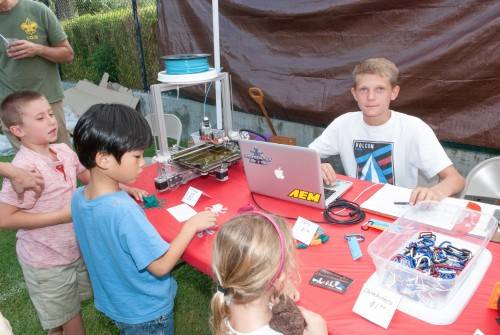
At Clairbourn School, located in San Gabriel, children pre-K through 8th grade participate in a marvelous lesson in entrepreneurship: Market Day. Getting ready for Market Day starts weeks before as the students write business plans, produce items for sale, such as inventions or baked goods, calculate budgets, estimate supply and demand as well as potential profit margins in preparation for their one-day business. A fantastic lesson in economics, students sold various items they had made and learned about how much work goes into business as well as how things can go wrong.
One student, Nicholas, brought his Bukobot 3D printer to his booth and printed out both pre-made and personalized luggage tags for sale. Along with making a decent profit from his sales, Nicholas said “it felt good making kids smile by providing a product that I enjoy making on my 3D printer.”
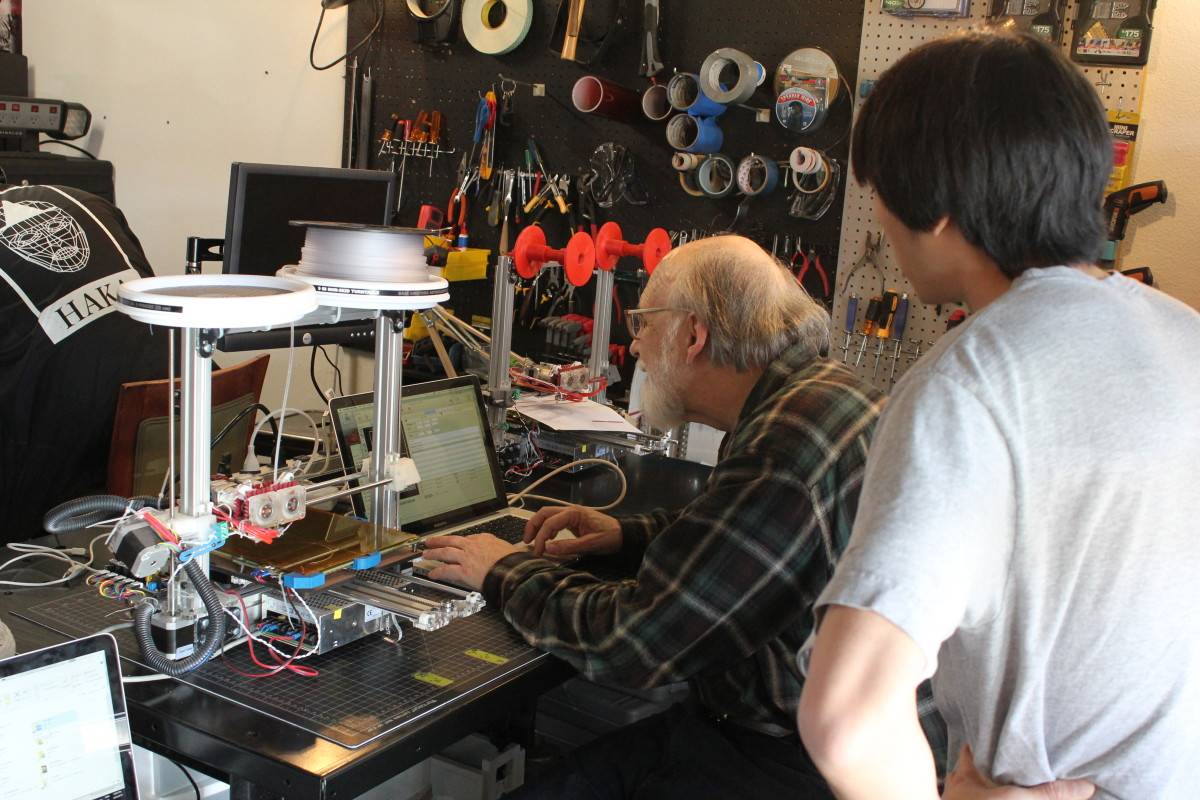
3D Printing Helps Students Learn
Sciences
Students of the sciences such as chemistry and biology, can use 3d printed models of molecules, cells, and organs for study instead of being limited to only 2-dimensional pictures. Holding the object of study and being able to examine it from every angle helps to solidify understanding of it works. Too often drawings and schematics are accidentally misleading. For those that learn better by doing, 3D printing is a fantastic way to facilitate their growth.
Physics and biology hold mysteries that are being slowly unwrapped using 3D models and 3D printing. The human brain is a fantastic part of the body, and there are new understandings of cortical development with the help of 3D technology that will help us to better understand neurodevelopment and neurodevelopmental disorders. And this is just the beginning.

History and Geology
Paleontologist Kenneth Lacovara holds a scaled down, 3D printed version of a dinosaur fossil. His lab is an example of new technology that will become standard in dino labs of the future.
Broken or destroyed historical buildings and landmarks, bones of dinosaurs long since gone, or items kept only in museums can be 3D scanned or designed and printed, giving students around the world the ability to see and experience something they might never have been exposed to otherwise. Imagine, the bones of a dinosaur that your students can see and touch without any fear of an ancient and priceless fossil being damaged. This type of tangibility allows students to develop a link between the past and present.

Engineering
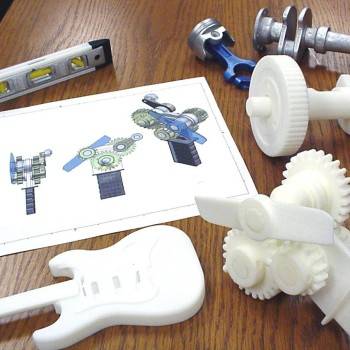
For the student interested in engineering, 3D printing holds the ability for intricate designs that can include working parts, hinges, and parts within parts. Engineering students can also create prototypes from concept to product.
Mathematics
Math and 3D printing are a great match. Never before have some of the most amazing mathematical formulas been reproduced with such precision and complexity. Coupling
